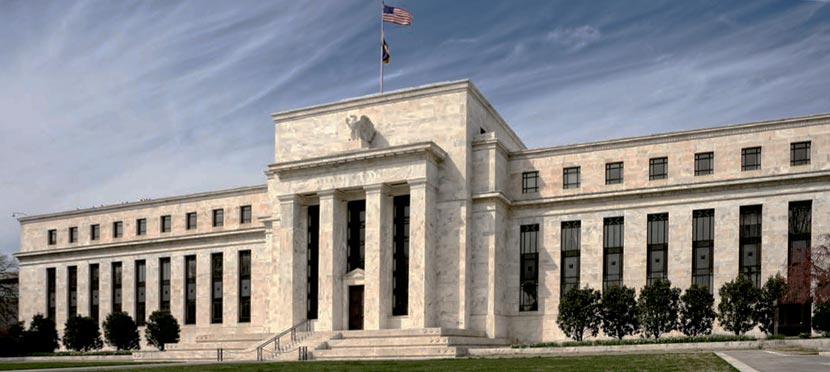The Federal Reserve Board announced on Friday it has voted to affirm the Countercyclical Capital Buffer (CCyB) at the current level of 0 percent. In making this determination, the Board followed the framework detailed in the Board’s policy statement for setting the CCyB for private-sector credit exposures located in the United States.
The buffer is a macroprudential tool that can be used to increase the resilience of the financial system by raising capital requirements on internationally active banking organizations when there is an elevated risk of above-normal future losses and when the banking organizations for which capital requirements would be raised by the buffer are exposed to or are contributing to this elevated risk–either directly or indirectly. The CCyB would then be available to help banking organizations absorb higher losses associated with declining credit conditions. Implementation of the buffer could also help moderate fluctuations in the supply of credit.
The Board consulted with the Federal Deposit Insurance Corporation and the Office of the Comptroller of the Currency in making this determination. Should the Board decide to modify the CCyB amount in the future, banking organizations would have 12 months before the increase became effective, unless the Board establishes an earlier effective date.

